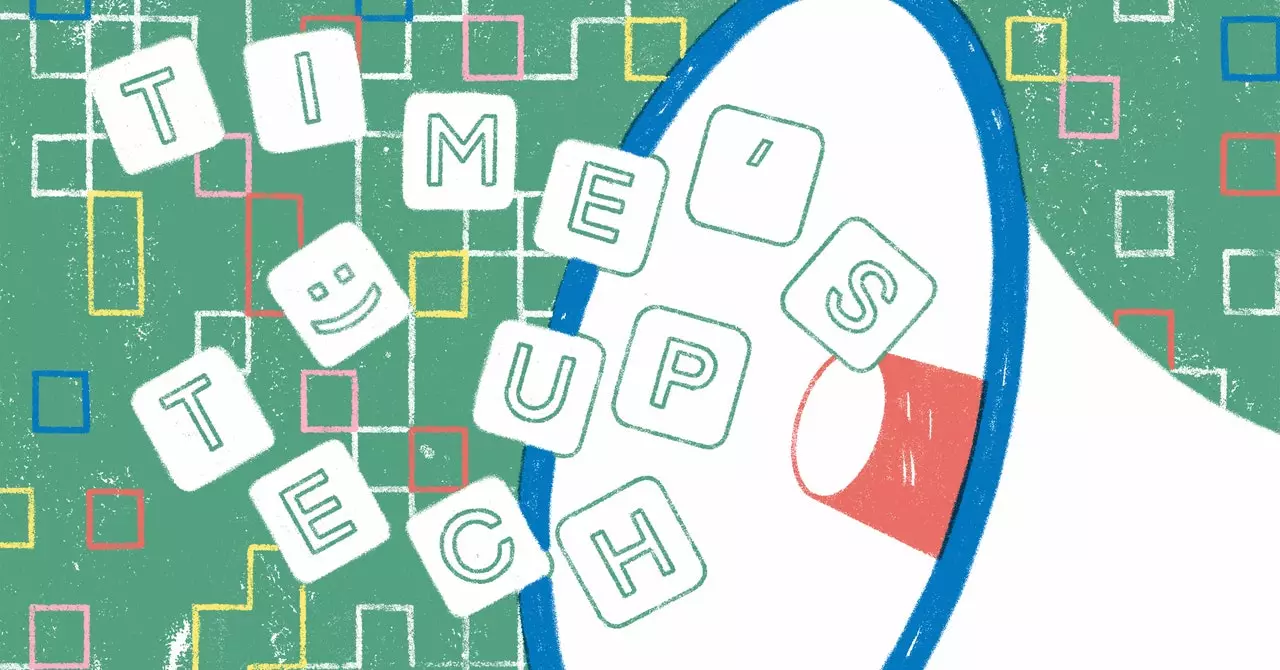The computing industry once basked in an aura of cutting-edge innovation and unfettered opportunity, a pristine world dominated by the allure of tech bros and their Silicon Valley dreams. However, as we approach the year 2025, this shine is rapidly fading, exposing a darker underbelly. Despite claims of progress in diversity and inclusivity across Science, Technology, Engineering, and Mathematics (STEM) fields, computing remains a bastion of exclusion. The chronic underrepresentation of women and nonbinary individuals in technology roles mirrors a troubling reality that desperately needs to be addressed.
Where other sectors have initiated concerted efforts to diversify their workforces, computing’s status quo remains largely unchanged. The core cultural tenets of the tech workforce—precision over empathy, aggression over cooperation, and an alarming indifference to the social implications of technology—continue to dominate. These deep-seated values contribute to a culture that can be described as the “Bro Code,” a set of unwritten rules that limit not just diversity, but also the overall potential for innovation and societal good that the technologies developed could have offered.
The repercussions of this toxic culture can be quantified plainly in underwhelming gender representation. Currently, women hold only 21% of computer programming positions, a staggering statistic that reflects broader systemic issues. Within this already marginalized group, women of color face even harsher barriers: a mere 2% are African American, while Latina women account for just 1%. Alarmingly, this statistical underrepresentation exacerbates during workforce reductions, evidenced by the fact that nearly 70% of layoffs in the tech industry in 2022 disproportionately affected women.
This inequity is not merely a numerical concern; it illustrates how the hyper-competitive atmosphere of Big Tech has ingrained biases into its operational framework. Personal accounts from women navigating the high-tech world often reveal an unwelcoming environment rife with harassment and exclusion, making the workplace an inhospitable space for diverse talent. Experiences such as these highlight a very real human cost of maintaining the Bro Code and allow us to see the significant barriers that continue to frustrate attempts at true inclusion.
Despite the overwhelming evidence pointing to a need for change, many tech leaders perceive themselves as untouchable, akin to oligarchs of the digital age. Their substantial wealth and crafted public personas encourage a culture of authoritarianism, whereby complaints regarding bias and discrimination are met with repression rather than resolution. This is perpetuated by a larger trend, where even those in traditional programming roles mimic these behaviors, creating a vicious cycle of harassment and denial.
This harmful ethos was starkly illustrated in 2023 at the Grace Hopper Celebration, the largest conference dedicated to women and nonbinary tech workers. Reports of men aggressively pushing their way to the front of lines, combined with instances of verbal harassment, underscore how deeply entrenched this Bro Code culture remains. Under such circumstances, it becomes apparent that the quest for an inclusive, equitable environment is frequently sabotaged by a dominant culture that views it as a threat rather than an opportunity for progress.
However, discontent is brewing, and a counter-narrative is emerging. As we look towards 2025, we can anticipate increased activism that will challenge the existing structures upheld by the tech elite. The rise of coalitions among feminist movements and labor advocacy groups signifies a burgeoning awareness among disenfranchised tech workers. This solidarity not only serves to hold the Bro Code accountable but also to shine a light on Big Tech’s track record of prioritizing profit over societal impact.
The public is becoming increasingly disillusioned as the disparity between tech promises and tangible outcomes becomes ever more apparent. Workers like Lynn and Shauna—whose efforts towards creating socially responsible technologies are dismissed or derailed—are emblematic of a much larger disenchantment within the field. This collective frustration was evidenced by the 2018 walkout at Google, where thousands stood in solidarity against systemic harassment and racism. These mobilizations mark a significant turning point in the tech landscape, indicating a movement that could potentially destabilize the Bro Code’s entrenched hold on the industry.
As the tech realm grapples with the consequences of its culture, the year 2025 could signal a transformative moment. With increasing solidarity among workers and a rising tide of social consciousness regarding tech’s role in society, there lies potential for dismantling the Bro Code. By fostering an inclusive environment, the computing industry might not only retain diverse talent but also unlock pathways to innovations that could genuinely serve humanity.
As the glamorous façade begins to crumble, the tech industry stands at a crossroads. It can either continue to uphold outdated practices that further entrench exclusion or evolve to embrace the diverse and equitable future its workforce—and the world—desperately need. The choice is clear, and as workers continue to unite against systemic injustice, the tech elite may soon learn that they can no longer ignore the voices clamoring for change.

